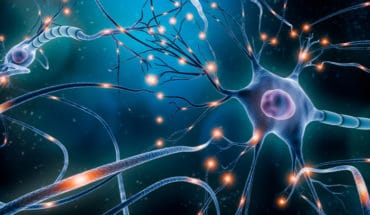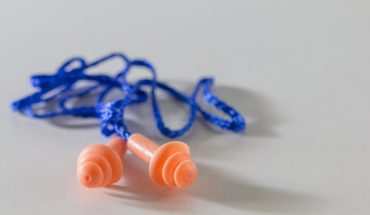Early symptoms of frontotemporal dementia are often confused with symptoms occurring in psychiatric disorders. Reporting their findings in Journal of Neurology, Finnish researchers from the University of Eastern Finland and the University of Oulu show that serum neurofilament levels can be used as a diagnostic tool to differentiate between these conditions.
Frontotemporal dementia is the second most common progressive and neurodegenerative memory disorder affecting the working age population. Typically, early symptoms of frontotemporal dementia do not include memory impairment. Instead, patients with frontotemporal dementia often manifest changes in their behaviour, personality and social interaction. This is why they are often initially misdiagnosed as a psychiatric disorder, and it may take years to come at the proper diagnosis. Indeed, differential diagnosis between early onset frontotemporal dementia and psychiatric disorders is extremely challenging.
Neurofilament is a protein that gets released from neurons in conditions involving damage to the central nervous system. Besides cerebrospinal fluid, neurofilament can also be measured from blood. Elevated neurofilament levels are known to occur in, for example, acute stages of brain damage. In the new study, the researchers used single molecule array (Simoa), an ultrasensitive analysis method, to analyse serum neurofilament levels from patients with frontotemporal dementia and from patients with psychiatric disorders in order to test whether they show different serum neurofilament profiles.
They discovered that patients with frontotemporal dementia had significantly higher serum neurofilament levels than patients with psychiatric disorders. According to the researchers, neurofilament is an excellent and promising tool for helping differential diagnosis between frontotemporal dementia and psychiatric disorders.
New diagnostic tools are needed for frontotemporal dementia
Currently, diagnosis of frontotemporal dementia lacks a single test that would be both practical and cost-effective. Typically, the diagnostic process involves a clinical examination supplemented by neuropsychological tests, brain MRI, cerebrospinal fluid analysis, isotope studies and genetic analyses. Often however, the diagnosis can only be confirmed after monitoring the patient over a longer period of time. It is also possible that no abnormal changes in the above-mentioned tests and analyses occur until before the disease progresses.
The present study now suggests that serum neurofilament can be used as a cost-effective and easy-to-use diagnostic tool already at the early stages of the disease. In addition, neurofilament might serve as a prognostic biomarker, as higher levels are associated with a more severe form of the disease.
- Breaking the ice for men’s mental health - 26th December 2025
- New bowel cancer test for early detection - 26th December 2025
- New method accelerates resistance testing in UTIs - 26th December 2025







